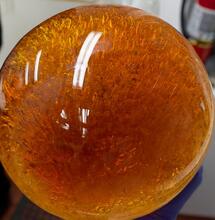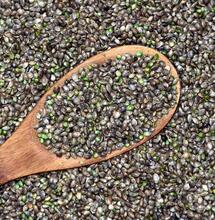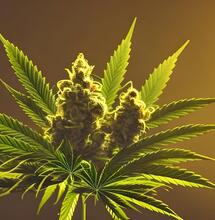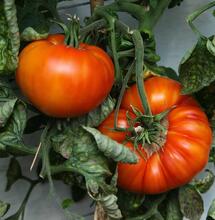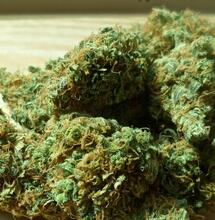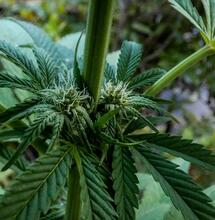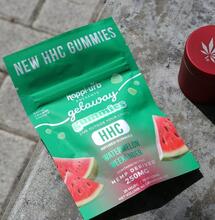Water-Extracting Kif
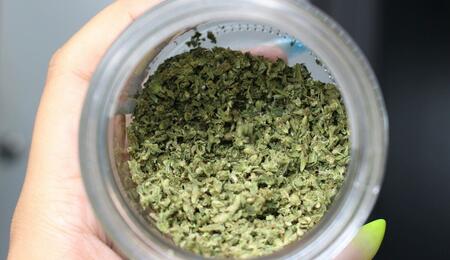
Dabs and concentrates are trendy today, but some people still use simple methods to turn their trim session cast-offs into usable product. One of those simple methods is water-extracting kif or kief, and below we lay out that process step-by-step.
Simple household items can be used for water-extracting kif from the other plant material. The basic principle involved is the difference in buoyancy between the trichomes (resin glands containing the active cannabinoids) and the rest of the plant material. Trichomes will sink in water whereas most of the rest of the plant material will float.
Large buds are sexy, desirable and by far receive the most attention, but what about the rest of the plant? After harvest, the trimmings and small buds can result in a decent-sized pile. Also, at one point or another, many home growers end up with a harvest that they do not care to smoke. A curing or drying session gone slightly awry can result in a jar of B-grade that is too nice to throw away, but not nice enough to be very enjoyable smoke.
It is a good idea to keep a jar handy and collect these less-than-desirable bits until you have enough to bother with. Make sure that, as you collect them, the material that you add to the jar is dry enough not to start molding. You can get around six grams of good kief out of forty-five grams of trim and weed that you did not like the flavor of.
How to Water-Extract Kif?
Here are step-by-step instructions on how to perform water-extraction of kief.
Step #1: Begin by over-drying the plant material slightly. It might be already dry but if it is not then do it. You will want to crumble or grind it into very small pieces. You can use a wire mesh kitchen sieve to sift the ground material into a rough powder. More pure results can be obtained by re-sifting the powder or using a finer grind.
Step #2: After sifting, place the powder in a closeable container. Preferably, non-breakable one. Make sure that you can reach the bottom of the container, as the portion that you want will sink to the bottom. Do not try to do too much in a single batch; if layered too thickly, efficiency will suffer.
Step #3: Fill the container three-quarters of the way full with water. Seal and shake well. Let the mix sit undisturbed for a half hour or so. The material should separate into a floating portion, a sunken portion and a semi-clear band in between.
Step #4: Carefully spoon off all of the material that floats. If you are feeling frugal, you can make a second pass with this layer or use it to make a light cannabutter or infused oil.
Step #5: Next, remove as much of the top liquid. It is easy to do without disturbing the ‘silt’ at the bottom. Using a coffee filter or a single layer of paper towel, strain the silt at the bottom of the container - this is the water kif.
Step #6: Dry the kif thoroughly. If allowed to sit wet for long periods, mold will develop, so it must be dried thoroughly before storing.
Once dried, you end up with a pile of kif that can be lightly pressed into any form you want. This end product may be smoked as is; or, with a little heat and pressure, the kif will melt into hash.
Also read on Soft Secrets:


